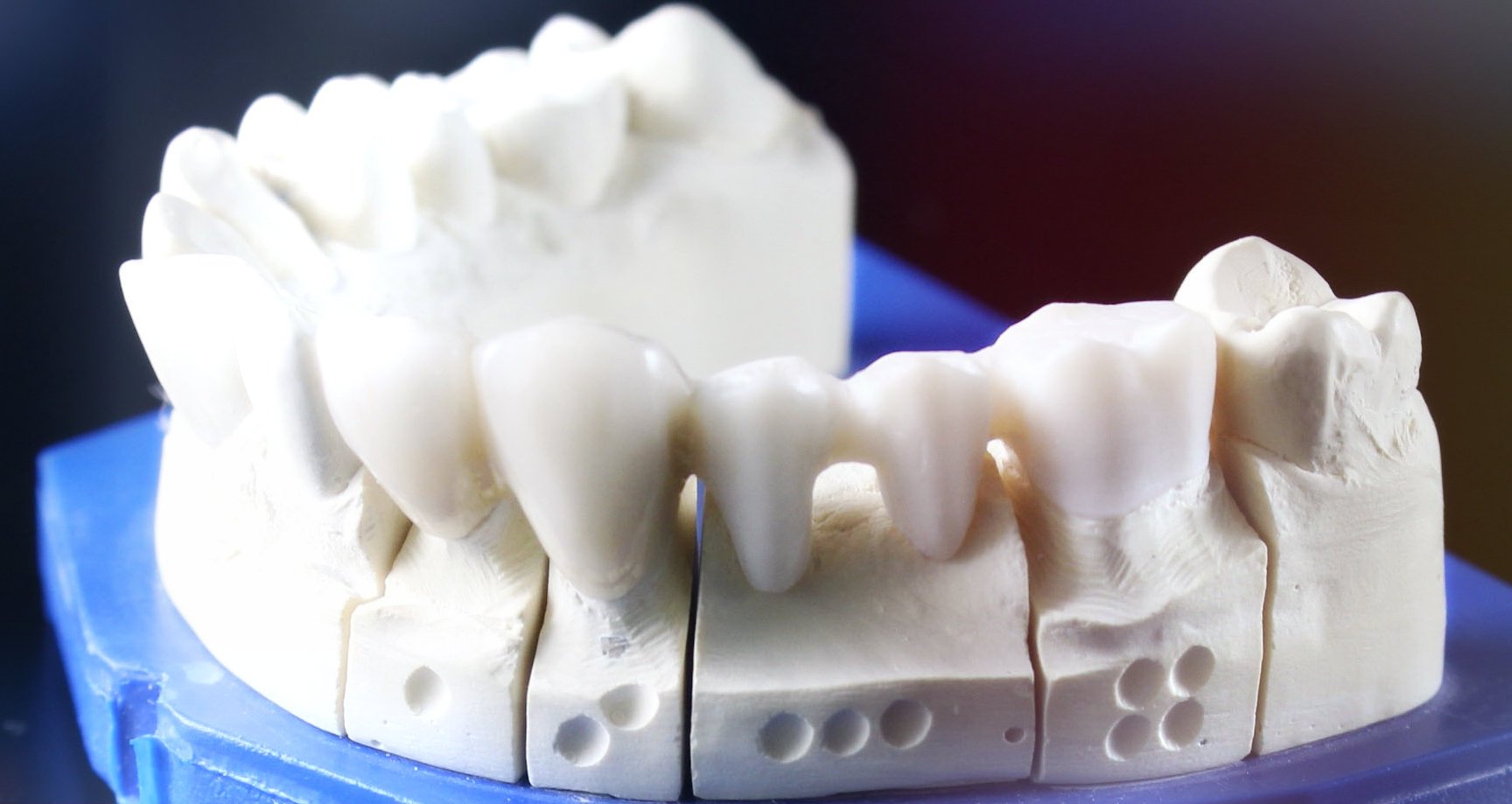3D systems, a comprehensive set of products and services, that included 3D printers, print materials, on-demand parts services, and digital tools. The 3D ecosystem helped support advanced applications from the product design shop to the operating room. 3D systems had the ability to simulate, do virtual surgical planning, and print medical and dental devices, as well as, provided patient-specific surgical instruments. The 3D system was the original 3D printer and shaper of future 3D solutions, allowing companies and professionals to optimize their designs, bring to life their workflows, be innovative in their products and deliver new business models.

The Early Beginnings
3D systems was founded in Valencia, California, by Chuck Hull, the patent-holder and inventor of the first stereolithography (SLA) rapid prototyping system. Before the SLA rapid prototyping was introduced, prior models were expensive and took time to create. With the introduction of solid-state lasers in 1996, Hull and his 3D team were allowed to reformulate their materials. Hull was replaced by Avi Reichental in 2013, while Hull remained an active member of3D systems’ board and as the company’s Chief Technology Officer and Executive Vice President. Reichental stepped down as CEO of 3D Systems in 2015, being replaced by Chief Legal Officer Andrew Johnson.
An acquisition in 2001 allowed 3D systems to expand the company’s technology through ownership of software, materials, printers, and printable content, as well as access to the engineers and designer’s skills. Consolidating the 3D printing industry under one roof and logo, 3D became a comprehensive one-stop-shop capable of servicing all links in the scan/create-to-print chain.
Innovations for Product Development and Improvement
3D Systems manufactured several different printers and jet printers. The selective laser printer, the color-jet printer, and the multi-jet printing are a few examples. Each technology took digital input from three-dimensional data and then created three-dimensional parts through an additive, layer-by-layer process. There were also three branches of printers offered by 3D Systems. Personal, professional, and production.
3D Systems relied on in-house innovation for product development and improvement, as well as a protective shield of patents to catapult their technologies over competitors. With customers in over countries, 3D Systems employed over 2100 employers 25 countries, San Francisco, Italy, China, and Japan are a few of those locations. 3D Systems also had more than 359 U.S and foreign patents. 3D systems took the 3D printing technology worldwide, making it accessible to those needing the technology and making printing easier and well as within reach.